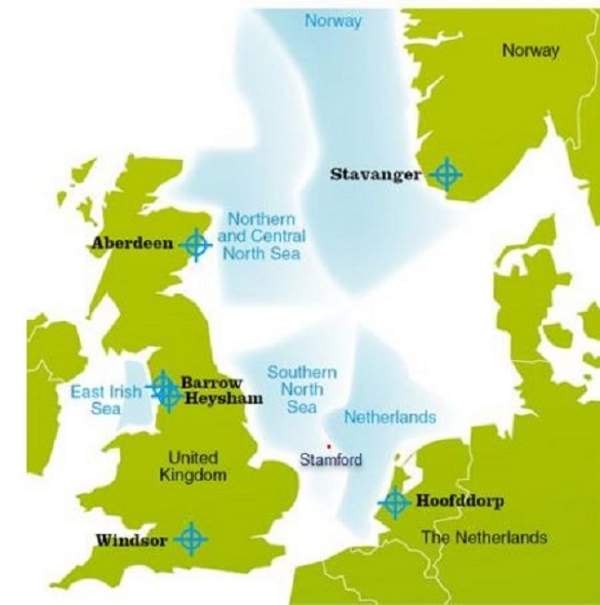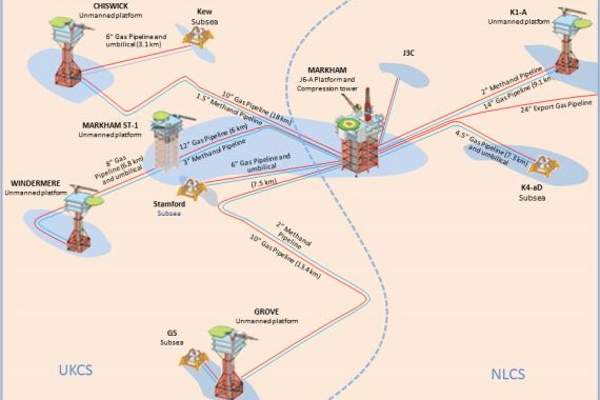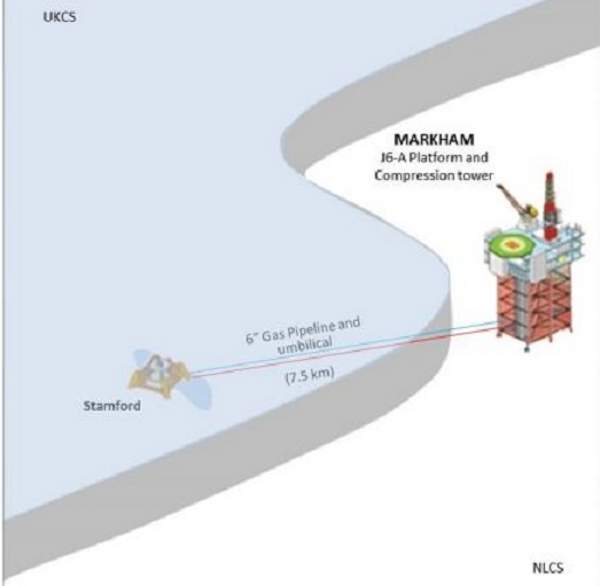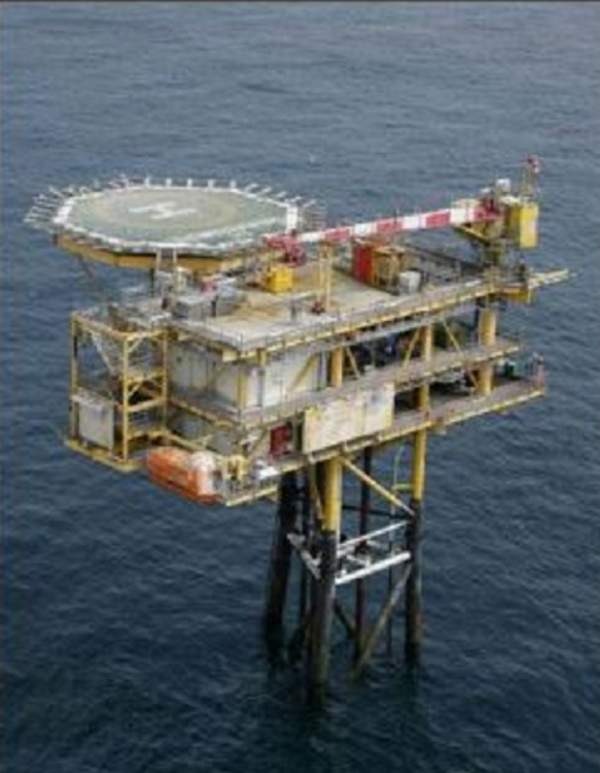The Stamford offshore gas field is located 140km from the UK in Block 49/10c in the southern North Sea. The field is wholly owned and operated by Centrica Energy that acquired ownership in 2009.
The field was discovered by Total Oil Marine in 1990 and was developed by Venture Production, which produced the first gas from the project in December 2008. The field produced 6.5 billion cubic feet (Bcf) of gas over its lifetime, before ceasing production in 2012 leading to the closure and subsequently the decommissioning phase.
Consultations were carried out with the public, stakeholder and regulatory authorities before Centrica submitted the decommissioning programme to the Department of Energy and Climate Change (DECC).
Decommissioning is expected to span over a period of two and a half years from 2015.
Stamford gas field development details
The field was developed as a tie-back to the Markham platform located in the Dutch sector with a single appraisal/development well. A pipeline and umbilical connect the field to the Markham platform that lies 7.5km away from the Stamford well.
The subsea production well is located at a water depth of 36m.
Field infrastructure
The field infrastructure comprises a single wellhead protection structure (WHPS) with six bolted sections. It includes a 6in-diameter and 7.3km-long pipeline lying 70% in the UK sector and 30% in the Dutch sector, as well as a 5in diameter and 7.7km long umbilical that contains methanol and hydraulic supply, power and communications.
The umbilical also traverses both the UK and Dutch sectors, with 70% of it in the UK region. In addition, a 6in-diameter, a 0.2km-long flexible riser is present.
Details of Stamford gas field decommissioning
The plan includes decommissioning the wellhead and its protection structure, tree, flowline, umbilical and flexible riser that connect the field to Markham platform offshore the Netherlands.
Subsea infrastructure stabilisation features such as concrete mattresses, grout bags and rock dump are also a part of the planned programme.
The subsea well will be plugged and abandoned using a drill rig. The WHPS will be removed in sections and transported onshore for future use.
The pipeline will be flushed and left buried on-site while its short-end parts will either be cut or buried again to the National Federation of Fishermen’s Organisations recommendations. The flexible riser will be separated from the pipeline and left attached to the Markham Platform to be re-used in the future.
Similar to the pipeline, the umbilical will be left in place, while its short-end section that lies in the UK sector will be removed according to the National Federation of Fishermen’s Organisations guidelines. Corrosion inhibitor and methanol present in the umbilical will be completely removed before starting the decommissioning.
A section of the umbilical that is present at the Markham platform in the J-tube will be completely removed, while only a small section of the umbilical that is present in the Netherlands Continental Shelf will be left untouched.
This small section is under protection mattresses and will be removed as part of future decommissioning activities along with the Markham platform.
Decommissioning of the pipelines and other installations will be performed from a diving support vessel. The mattresses and grout bags will also be removed.
Post-decommissioning activities
An environmental sea bed survey will be carried out at the Stamford wellhead location, pipeline and umbilical location and compared with a pre-decommissioning environmental survey.
Separate debris and traceability surveys will also be performed that will cover the pipeline and umbilicals in a 200m wide corridor.
A close-out report will be submitted to the DECC within a period of four months following the completion of the offshore decommissioning work. The report will also include a certificate of clearance obtained after the verification of the sea bed.







